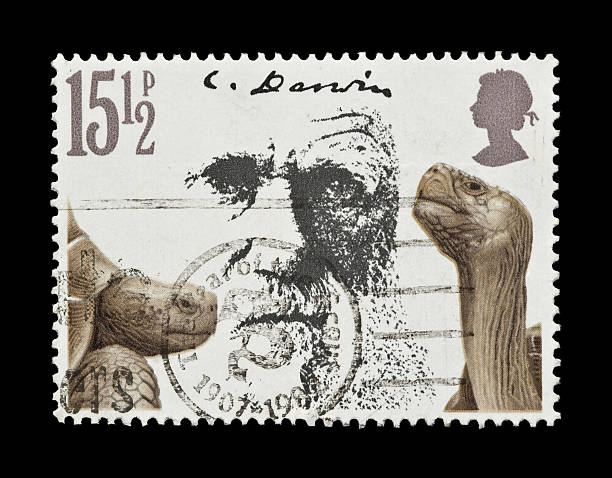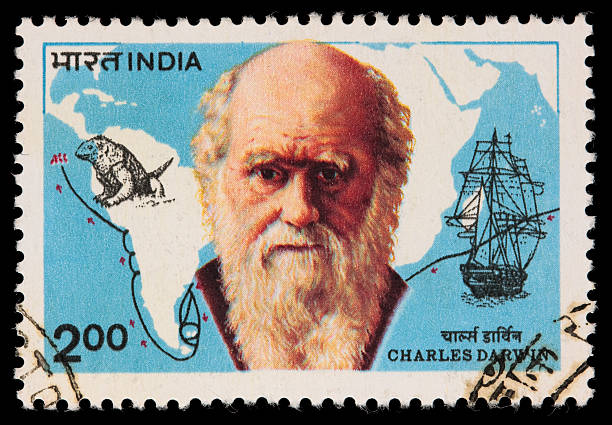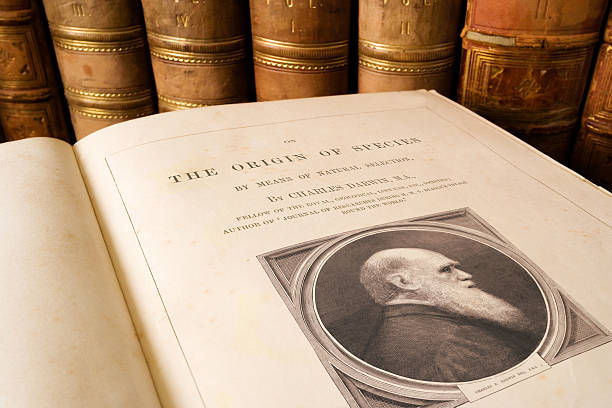A Brief History of the Galapagos Islands
The Galapagos Islands were first encountered by the Spanish in 1535, but remained mostly uninhabited and isolated for several centuries. The first recorded sighting was made by Fray Tomas de Berlanga, the Bishop of Panama, who was diverted from his course while sailing to Peru. He reported the islands to Spain, but they largely remained a curiosity for pirates, explorers, and whalers.
In the 19th century, the islands attracted more interest from naturalists, especially after the British research vessel HMS Beagle arrived in 1835. During this voyage, Charles Darwin made his pivotal observations, which would later contribute to the development of his revolutionary theory of evolution by natural selection.

Charles Darwin, an English naturalist, was a young member of the crew on the HMS Beagle. During his visit to the Galapagos Islands, he observed that the wildlife, particularly the finches, differed from one island to another. Darwin noted that these finches had different beak shapes based on the island they inhabited. Some finches had large, strong beaks designed for cracking tough seeds, while others had smaller, more delicate beaks for eating insects or softer foods.
This variation within species made Darwin question how these differences developed and if they were related to the environment. The islands' isolation and unique ecological conditions offered a natural setting for studying how species adapted to their surroundings.

Building on his observations in the Galapagos and additional data from other locations, Darwin began formulating his theory of evolution by natural selection. He proposed that:
- Species evolve over time through gradual, small changes.
- Natural selection is the process where traits that enhance survival and reproduction become more common in a population.
- Organisms with beneficial traits are more likely to survive and pass those traits to their offspring, while those with less advantageous traits are less likely to survive and reproduce.

After years of refining his ideas and gathering evidence, Darwin published On the Origin of Species in 1859. The book outlined his theory of evolution by natural selection. It was both praised and criticized but ultimately revolutionized biology by providing a scientific explanation for the variety of life on Earth and how species evolve over time.
Although Darwin did not fully grasp the mechanisms of inheritance (which would later be explained by genetics), his theory laid the groundwork for modern evolutionary biology.

Today, the theory of evolution by natural selection is a cornerstone of modern biology, supported by evidence from fields such as genetics, paleontology, and comparative anatomy. The Galapagos Islands remain an essential place for observing evolution, where scientists can witness ongoing evolutionary changes firsthand.
Darwin’s work profoundly altered our understanding of life on Earth, highlighting that species are not immutable but are continually changing due to natural forces.



